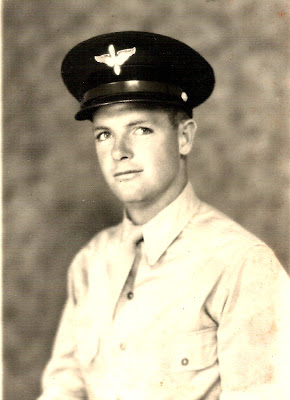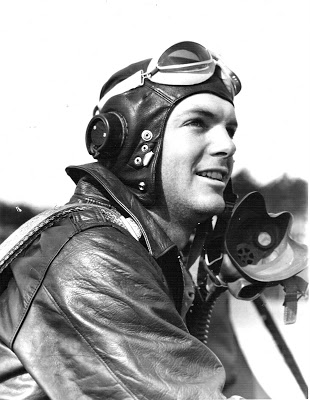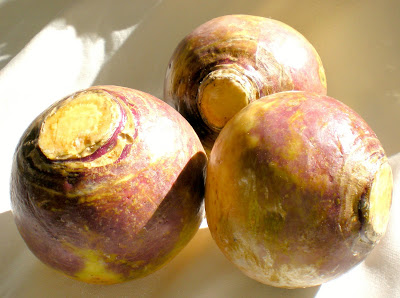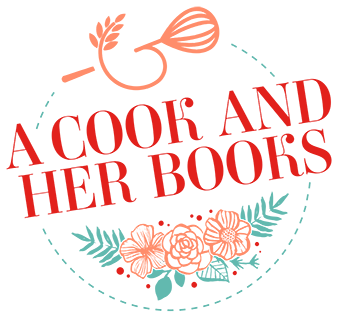
I’ve never set a place at the Thanksgiving table for my father-in-law. He died a few years before I met my husband., so I know him only through pictures like these here, and the stories he told his children, tales that are re-told around our Thanksgiving table.
From Macon to England
Durward Mercer, D.B. to all who knew him, was born in Macon, Georgia, in 1920 and like most men of his generation, enlisted in the military after Pearl Harbor. By 1943, he found himself in school training to fly P-47 Thunderbolts with the 356th Fighter Group. By late 1944, he had received the Distinguished Flying Cross and an Air Medal with three oak leaf clusters. The 356th received the Distinguished Unit Badge following Operation Market Garden.

I admire soldiers and sailors of all generations, but the soldiers of World War II have a special place in my heart. Maybe it’s from reading and watching “Band of Brothers” and watching Ken Burns’ “The War,” nevertheless, they are my heroes.
Rutabagas in England
Ordinary men and women who volunteered to fight an evil we didn’t fully understand, who gave their lives to, and in many cases, for, their country. When the war was over, the heroes came home, finished school, married and raised families. Many veterans told only the good stories and left out the bad. At least, that was the case with D.B. His children have his medals and wartime papers, but they never heard the guts-and-glory tales. They do, however, remember the tales of a young man from Georgia who, in the war, bivouacked in an English castle. And one of these tales involved, of all things, rutabagas.

The 356th was stationed at RAF Martlesham Heath, near Woodbridge, Suffolk. While walking by a farm in the countryside, D.B. spied a familiar and favorite food from his middle Georgia home: rutabagas. He asked the farmer if he would sell him a few to take back to camp, hoping to convince the cooks to boil the large purple-and-yellow turnips for him. The astonished farmer refused to part with the rutabagas because, he insisted, rutabagas were not intended for human consumption; they were fodder for his pigs. The equally astonished pilot returned to camp without a certain taste of home, and the lucky pigs got to keep their rutabagas.
Behold, the Rutabaga

This story is told whenever we serve rutabagas to friends who’ve never tasted the earthy roots. I’ll admit that I had never considered rutabagas as food for people or beast until my husband introduced me to them. His rutabagas cooked with a smoked turkey leg or country ham pieces are now a cherished highlight of our holiday tables, partly to honor the past, partly to secure a place in the future for solid, earthy, humble food. And that’s my Thanksgiving prayer for my family – gratitude for the blessings of the earth and the sacrifices of our ancestors. (And we must be doing something right, because our girls smell the distinctive aroma of rutabagas boiling on the stove and say they can’t wait ’til the rutabagas are ready.)

Rutabagas Cooked in Pork Stock
About 3 rutabagas is enough for a dozen people to enjoy a taste as part of a Thanksgiving potluck. The flavor is earthy and sweet and the color is a golden amber.
1. Fill a large pot with water and add pork seasoning, country ham scraps, or smoked turkey parts. Turn up the heat and bring to a boil.
2. Using a sharp knife and possibly a rubber mallet or hammer, peel and cube the rutabagas.
3. Carefully place the rutabagas in the boiling water, add a moderate amount of salt – be careful, this will cook down and you will greatly regret excessive salt. Let the vegetables come to a boil, then cover and simmer for at least an hour. The whitish raw rutabaga turns yellow-orange as it cooks. The rutabagas are done when they are soft, very much like a non-starchy boiled potato.
4. They need just a bit of pepper to taste, and pepper vinegar or hot sauce may be required.
Text and images copyright 2010, Lucy Mercer.


Leave a Comment